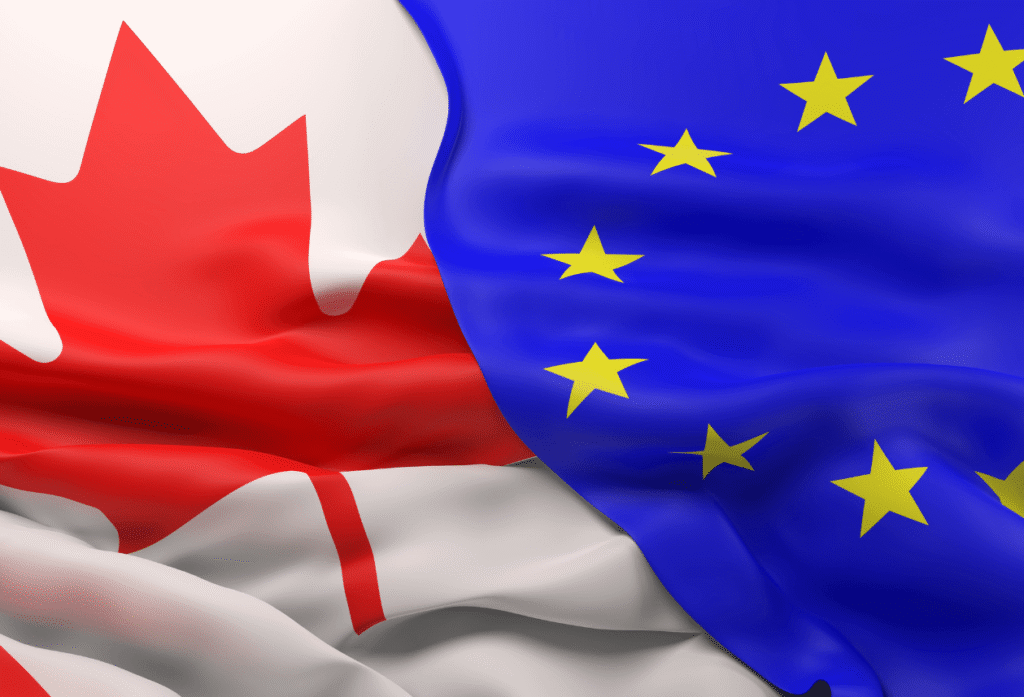In June 2025, Canada and the European Union formalized the Security and Defence Partnership (SDF), a pact that binds Canada more closely to Europe’s rapidly evolving defense architecture. The agreement represents a concrete response to changing security dynamics, namely the belief that the United States can no longer be counted as the sole or even primary provider of European and Canadian security. For Europe, the partnership comes at a moment of existential urgency. The Ukraine war has triggered a massive military build-up and an unprecedented drive for strategic autonomy across the EU. For Canada, it represents a chance to diversify alliances and integrate its defense industry into Europe’s vast procurement and innovation programs. Most importantly, by joining forces with Brussels, Ottawa hopes to alleviate its heavy dependence on US contractors in defense industry supply chains.

A Natural Evolution in EU-Canada Relations
Canada has long cultivated a close strategic partnership with the European Union. Since 2005, Canada has operated under a Framework Participation Agreement that enables it to take part in EU-led missions. Ottawa has been a consistent contributor to the EU’s Common Security and Defence Policy (CSDP), participating in various operations (including Bosnia and Herzegovina, the South Caucasus, the Middle East, and North Africa). This deep cooperation was further strengthened in 2015, when Canada became the first partner country with which the EU established a formal Security and Defence Dialogue. On the economic front, the EU is Canada’s second-largest trading partner, after the United States. The Comprehensive Economic and Trade Agreement (CETA), launched in 2017, has opened unprecedented access to the European market for Canadian goods, services, and investment.
